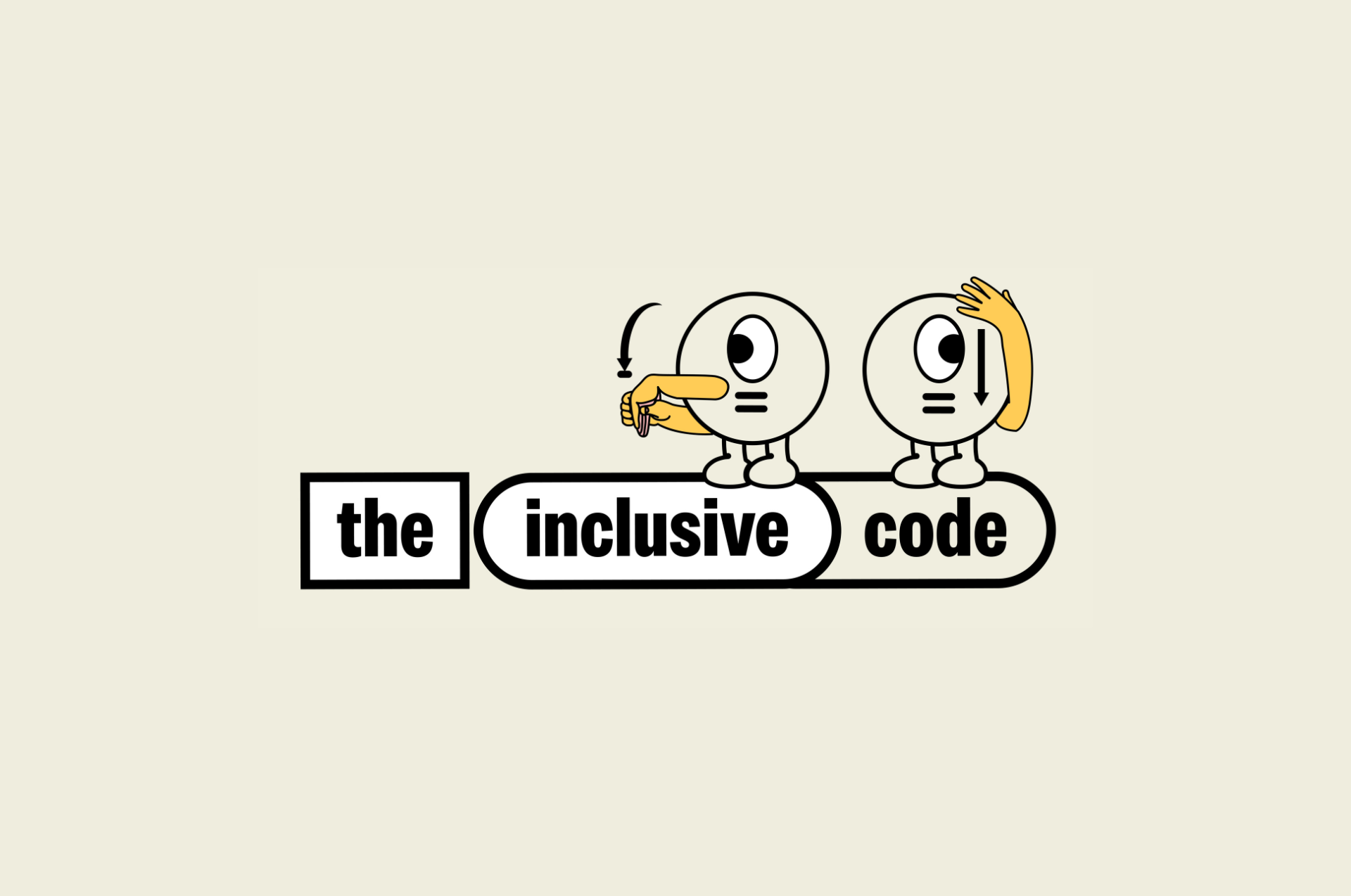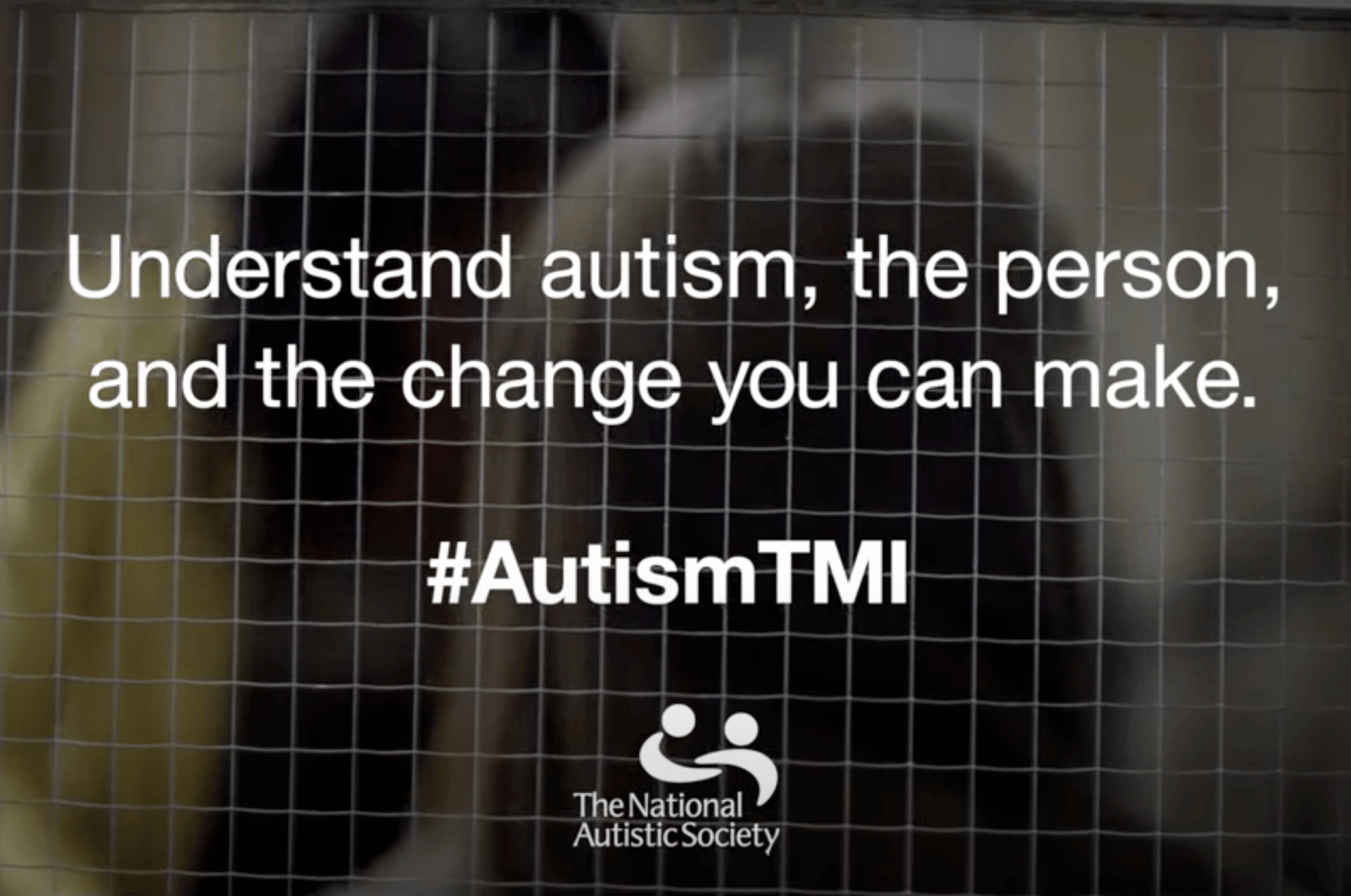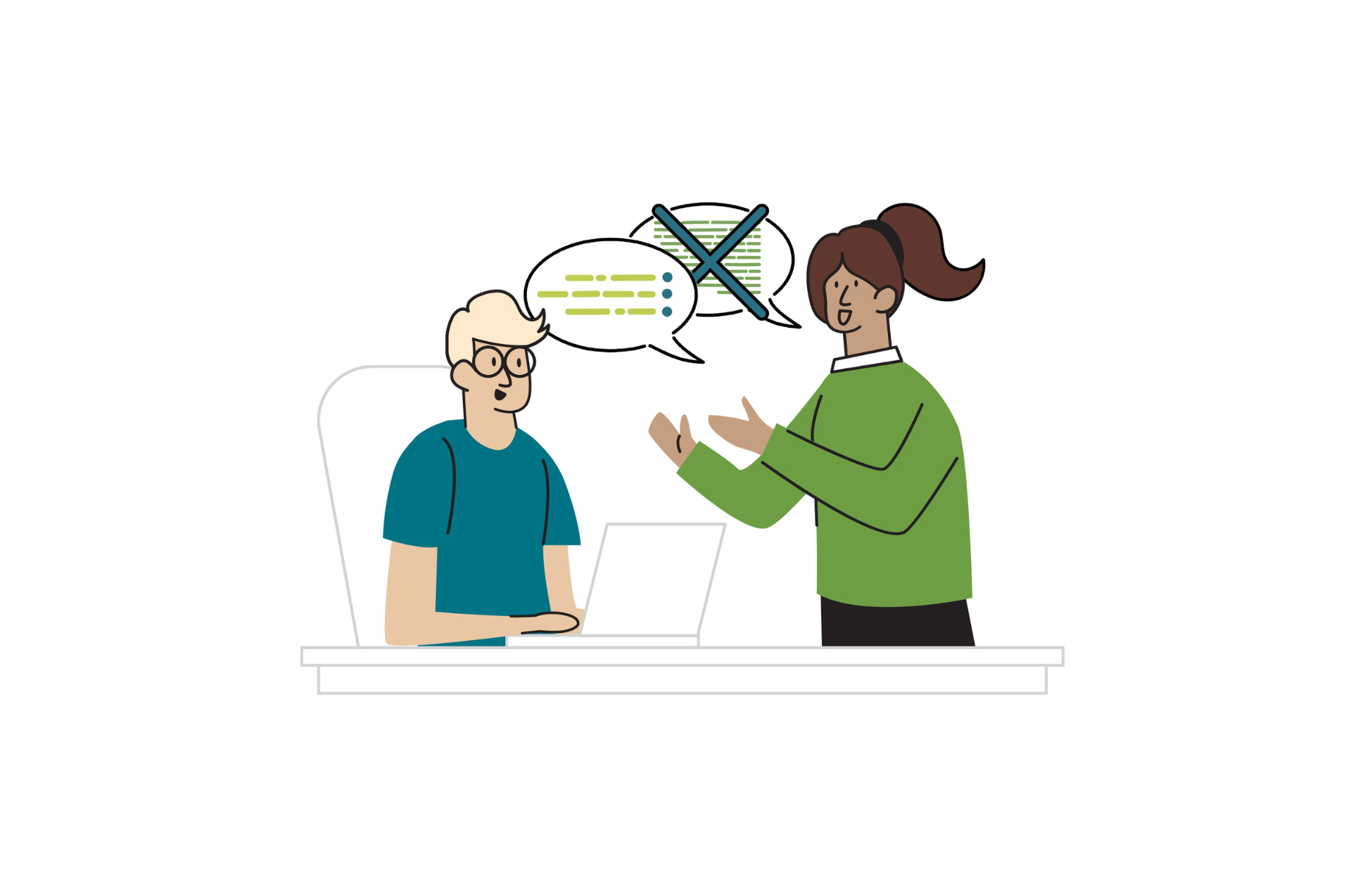Download the below resource to better understand what a Sentencing Indication is, and to keep you better informed.
What is a Sentencing Indication?What is a Sentencing Indication?


Download the below resource to better understand what a Sentencing Indication is, and to keep you better informed.
What is a Sentencing Indication?
Download the below resource to understand what happens during a court Communication Assessment with a Speech Language Therapist.
What happens in a court Communication Assessment
Download the below resource for a straightforward overview of what happens during a jury trial. This guide will help you understand each step in the process, ensuring you feel prepared and informed.
What happens at a jury trial?
Download the below resource for key rules for effective kōrero in meetings. By following these guidelines, you can create a more inclusive and productive meeting environment for everyone involved.
Rules of kōrero for meetings / hui
Making written documents easier to read is essential for effective communication. This resource provides practical tips to enhance readability while keeping your content clear and engaging.
Download the resource below so you can create documents that are not only informative but also inviting and user-friendly!
How to make written documents easier to read
The Inclusive Code provides essential tools for marketing practitioners seeking to overcome disability-related barriers. This guide introduces five common pitfalls often encountered in marketing efforts—habits that are typically well-intentioned yet exclusionary. By highlighting these habits and the misconceptions that accompany them, this resource empowers you to foster inclusivity in your campaigns. Each section offers actionable insights designed to help disrupt exclusionary thinking within your practice, organisation, and personal life. Together, we can cultivate a more inclusive environment for all.
Visit The Inclusive Code
The video on the UK National Autistic Society’s “Too Much Information” campaign powerfully illustrates how communication can become overwhelming for individuals, particularly those who are neurodiverse, when under stress or in distracting environments. This video emphasizes the concept of language and sensory overload, showing that while people may generally have the ability to listen and understand, external stressors and distractions can make this process significantly more challenging. By watching this video, viewers gain a deeper understanding of how certain contexts can impede communication, highlighting the importance of creating supportive environments to alleviate these barriers.
The dynamic video helps us be mindful of these challenges and adopt strategies to reduce sensory and language loads to improve participation. Please view this and think about the contexts our rangatahi, court participants and people with speech language and communication challenges need to engage in. How many questions can you answer? What would have helped you?
Find more helpful videos on their website.
Watch video
Plain language aims to remove jargon, simplify complex concepts, and use straightforward language to enhance comprehension.
Using plain language makes information more accessible to diverse audiences, including those with varying literacy levels or language backgrounds.
Plain language is increasingly mandated in legal and government documents to promote transparency and inclusivity. Learn about the Plain Language Act 2022.
Techniques include breaking down complex sentences, using everyday vocabulary, and organising information logically.
Beyond legal contexts, plain language is crucial in education, healthcare, and public information dissemination.
Organisations provide training and resources to support the adoption of plain language principles.
Studies demonstrate that plain language enhances understanding, compliance, and engagement among diverse audiences.
Embracing plain language enhances comprehension and also fosters transparency and inclusivity in communication practices across various sectors.
Download Resource

Kelly Howard’s New Zealand-based research focuses on youth justice participants. Her website and research encompass a range of topics including youth rehabilitation, alternative sentencing approaches, and effective interventions to support young people within the justice system.
Kelly Howard’s research serves as a valuable resource for professionals and stakeholders seeking evidence-based practices and insights in youth justice.
Youth Justice Resources website
Aotearoa New Zealand’s linguistic diversity and complex legal jargon pose significant challenges for young witnesses and defendants, whose language skills are still developing. Children may struggle to understand legal terms, irony, or idiomatic expressions, leading to miscommunication in court. High-stress levels can further impair their ability to respond accurately, highlighting the need for simplified and clear communication from legal professionals.
Visit website: Guidelines on questioning children